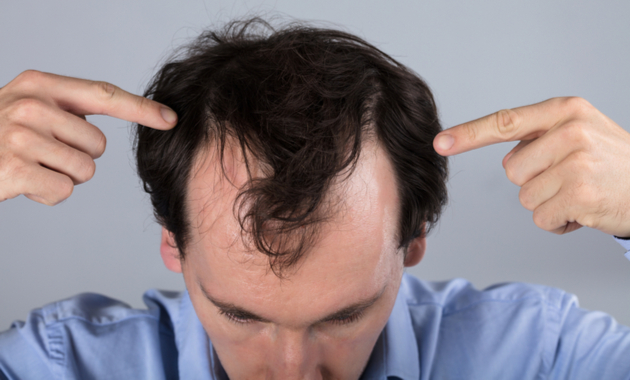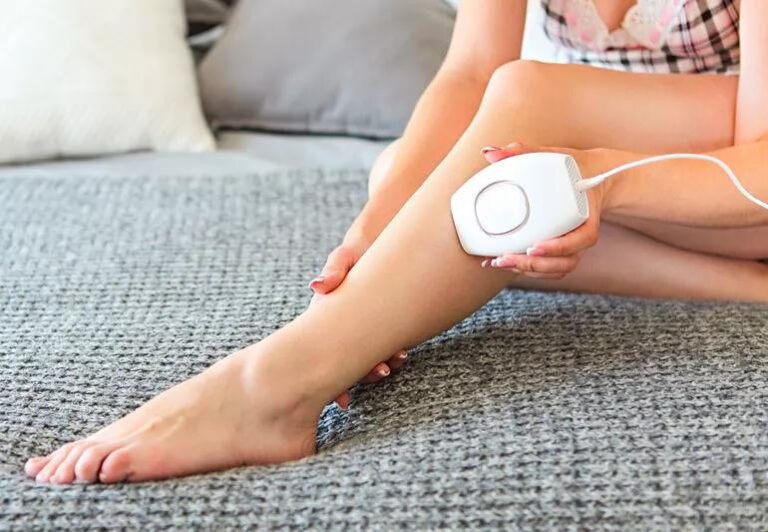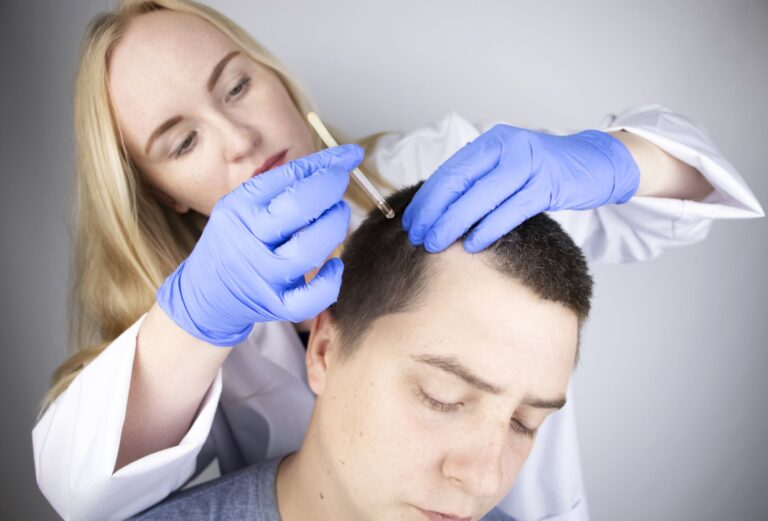A Comprehensive Guide to Hair Loss Treatment.
Hair loss is a common concern that affects people of all ages and genders. Whether caused by genetics, hormonal changes, or lifestyle factors, the impact of losing one’s hair can be profound. Fortunately, advancements in hair loss treatments provide individuals with various options to address this concern. In this article, we explore the causes of hair loss and delve into the diverse treatments available to rejuvenate and restore a luscious mane.
Understanding Hair Loss
Hair loss, or alopecia, can occur for various reasons, including
- Genetics (Androgenetic Alopecia):
- The most common cause of hair loss, often referred to as male-pattern baldness or female-pattern baldness, is hereditary and age-related.
- Hormonal Changes:
- Hormonal fluctuations due to pregnancy, childbirth, menopause, or conditions like polycystic ovary syndrome (PCOS) can contribute to hair loss.
- Medical Conditions:
- Certain medical conditions such as thyroid disorders, autoimmune diseases, and alopecia areata can lead to hair loss.
- Medications and Treatments:
- Some medications, including chemotherapy drugs, as well as certain treatments like radiation therapy, may cause hair loss as a side effect.
- Poor Nutrition:
- Inadequate intake of essential nutrients, particularly iron and vitamins, can contribute to hair loss.
Hair Loss Treatment Options
- Topical Medications:
- Over-the-counter and prescription topical treatments, such as minoxidil, can be applied directly to the scalp to stimulate hair growth and slow down hair loss.
- Oral Medications:
- Prescription medications like finasteride can help address hair loss by inhibiting the effects of dihydrotestosterone (DHT), a hormone associated with male-pattern baldness.
- Platelet-Rich Plasma (PRP) Therapy:
- PRP therapy involves drawing a small amount of the patient’s blood, processing it to concentrate platelets, and then injecting the PRP into the scalp to stimulate hair follicles.
- Hair Transplantation:
- In this surgical procedure, hair follicles are taken from areas with dense hair growth (donor sites) and transplanted to areas with thinning or no hair (recipient sites).
- Low-Level Laser Therapy (LT):
- LLLT devices, such as laser caps or combs, use low-level lasers or light-emitting diodes (LEDs) to stimulate hair follicles and promote hair growth.
- Nutritional Supplements:
- Supplements containing vitamins, minerals, and other essential nutrients, such as biotin and iron, can support overall hair health.
- Lifestyle Modifications:
- Adopting a healthy lifestyle, including a balanced diet, regular exercise, and stress management, can contribute to overall well-being and positively impact hair health.
Choosing the Right Treatment
The most effective hair loss treatment varies from person to person, and the choice depends on the underlying cause of the hair loss, the individual’s health, and personal preferences. Consulting with a healthcare professional or a dermatologist is crucial for an accurate diagnosis and tailored treatment plan.
Managing Expectations
It’s essential to have realistic expectations when undergoing hair loss treatment. While some treatments can slow down or even reverse hair loss to some extent, complete restoration may not always be achievable. Additionally, the response to treatments varies among individuals.
Prevention and Maintenance
Taking proactive measures to prevent further hair loss and maintain overall hair health is crucial. This includes identifying and addressing underlying health issues, adopting a nutrient-rich diet, using gentle hair care practices, and managing stress levels.
Conclusion
The journey to addressing hair loss involves a combination of understanding the root causes, exploring suitable treatment options, and adopting a holistic approach to hair care. With advancements in medical science and a range of available treatments, individuals facing hair loss can take proactive steps to regain confidence and nurture a healthy head of hair. Whether through medications, therapies, or lifestyle changes, the possibilities for revitalizing tresses are diverse, offering hope and solutions for those seeking to reclaim their mane.







